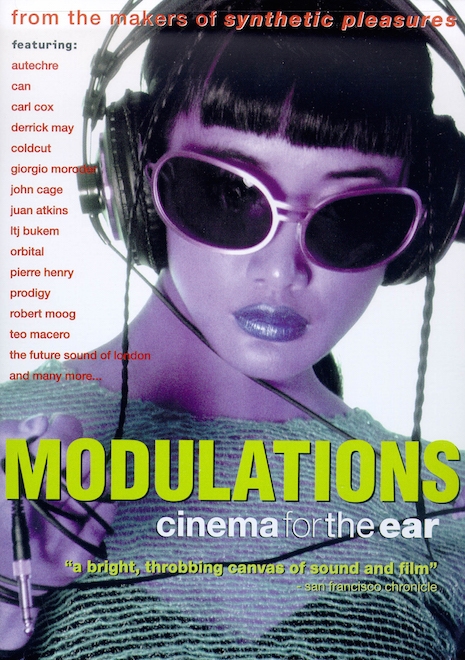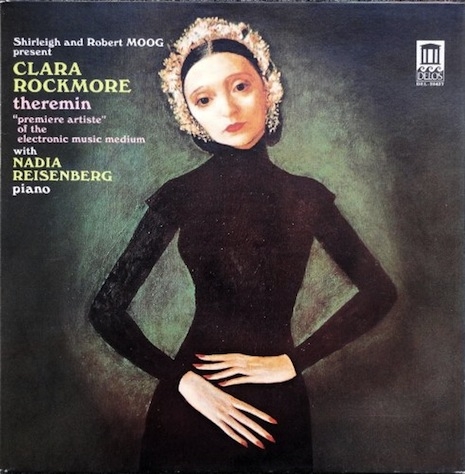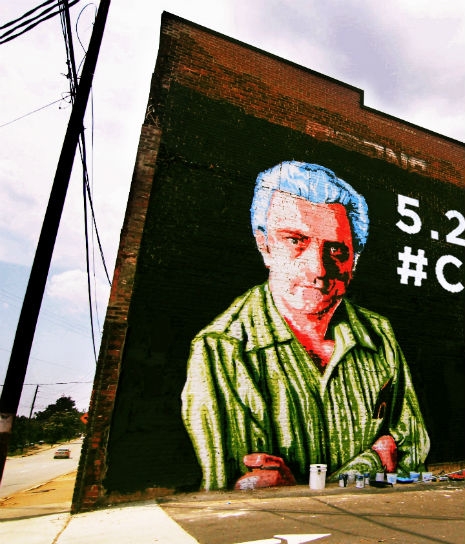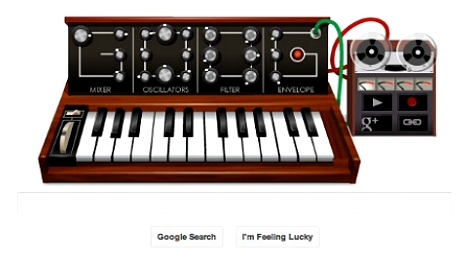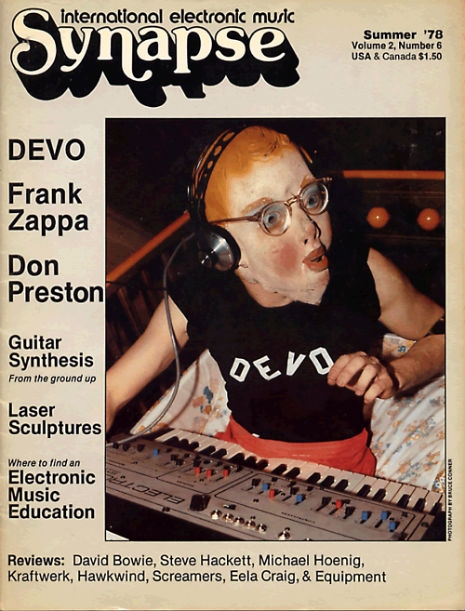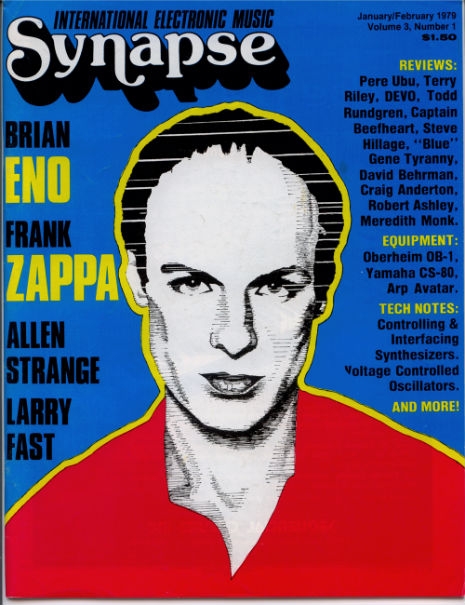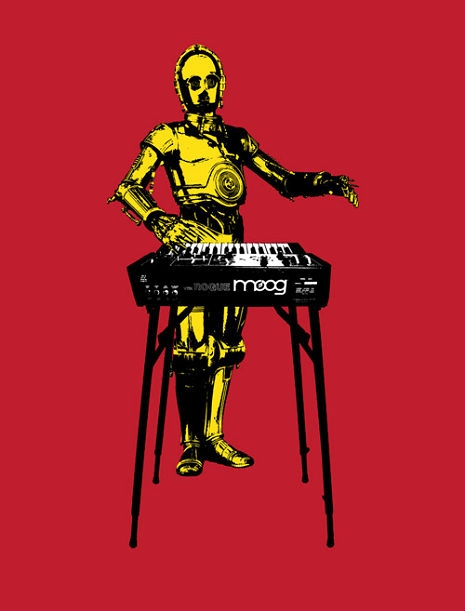
Last week, Ileana Grams-Moog, widow of electronics genius Bob Moog, announced that she intends to donate her late husband’s personal archive of notes, plans, drawings and recordings to the Cornell University Library’s Division of Rare and Manuscript Collections in Ithaca, N.Y.
Via Mountain Xpress:
“It was Bob‘s wish that his archives be preserved and made accessible to other scientists, inventors, engineers and innovators,” Asheville resident Grams-Moog said in a press release. “The Cornell Library makes its extensive rare collections accessible to students and scholars all over the world.”
Noting that Moog earned his Ph.D. in engineering physics from Cornell in 1965, she added: “It has been eight years since my husband’s death and I am happy that my gift to Cornell will finally make this rich collection available. Bob would be pleased to know his life’s work is finally being properly preserved and made available to current and future generations to advance upon his work.”
This news did not sit well with Moog’s daughter, Michelle Moog-Koussa, who oversees the nonprofit Bob Moog Foundation in Asheville, NC, where the inventor lived from 1979 until his death in 2005. She says that she and other family members are unhappy about the decision to send her father’s papers to his alma mater, although she acknowledges that her stepmother has the legal rights to the archives:
“We believe firmly that Bob Moog’s archives belong in Western North Carolina,” says Moog-Koussa. “Western North Carolina was my father’s spiritual home for 25 years. It’s important that the archives remain here with the foundation, because not only are we best suited to care for them, but we’re best suited to interpret them.
Unfortunately, there’s been a lot of misinterpretation of Bob Moog’s legacy. And we’ve made it our work to make sure we’re giving an accurate portrayal of history.”
At this time, most of Moog’s papers are stored in climate-controlled storage facility that is run by the North Carolina Dept. of Cultural Resources along with the significant archives of Black Mountain College, the fabled Asheville-based liberal arts college where the likes of Josef Albers, John Cage, Robert Creeley, Merce Cunningham, Willem de Kooning, Robert Duncan, Buckminster Fuller, Robert Motherwell and others taught in the 1930s, 1940s and 1950s.
Aware that some members of Moog’s family are unhappy with the announcement of the papers bequeathment to Cornell, Grams-Moog stated:
“I’ve wrestled with this for quite a while now. I take my responsibility as the steward of Bob’s archives very seriously. After all these years, I can rest more easily now knowing they have found the right home – a world-class facility at an institution that has experience preserving and providing access to material of this caliber.”
Below, The History of the Minimoog Synthesizer:
Posted by Richard Metzger
|
07.22.2013
02:56 pm
|
